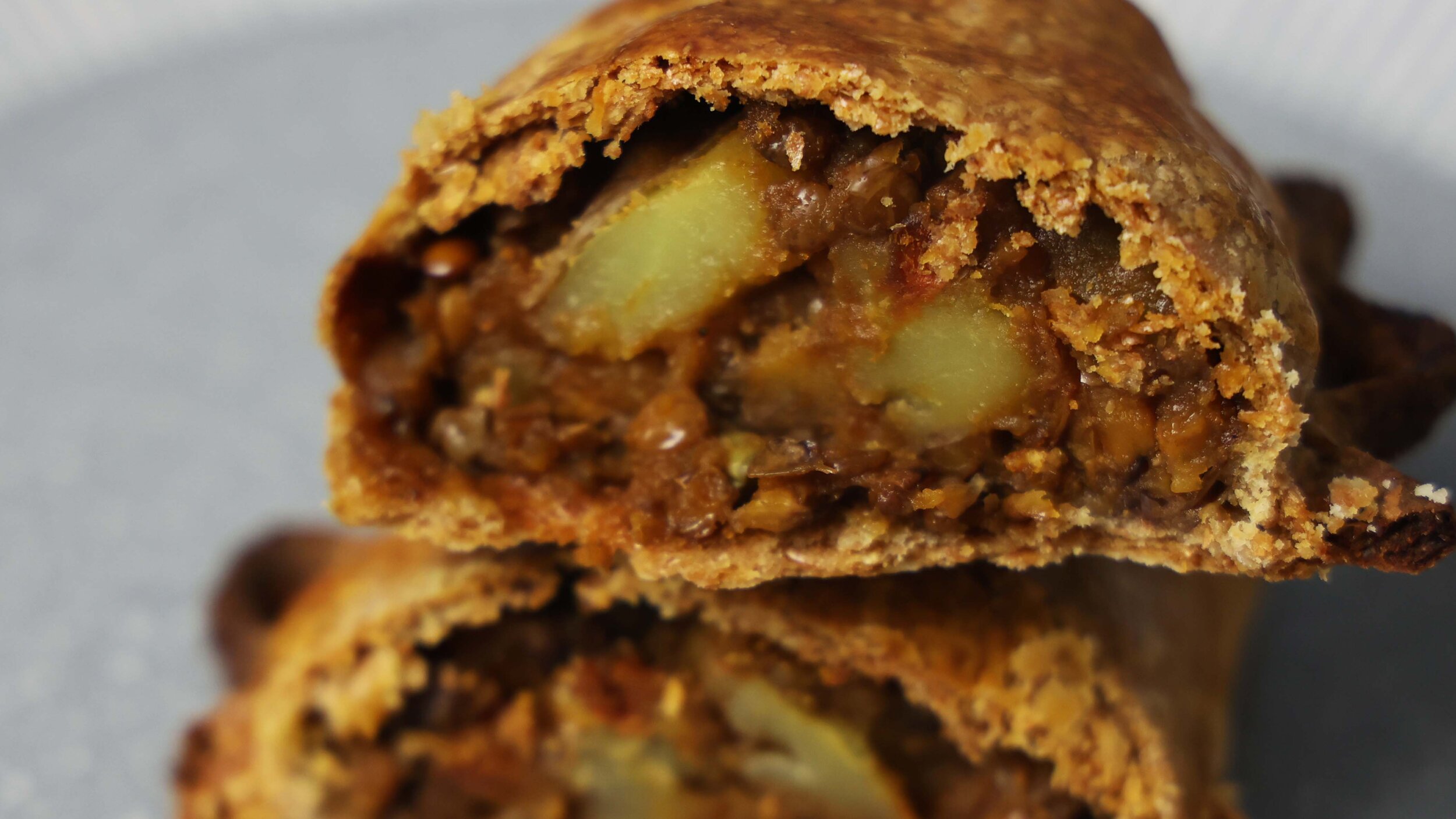Lentil, Potato and French Bean Pie/Pasty
Honestly, for this recipe I just made the filling as an excuse to share this pastry. I cannot get enough pastry, nor pasta, nor bread. Whoever said carbs are bad clearly didn’t eat enough heritage grain, or read into the diets of the Blue Zone communities around the world. But I’m not here to persuade you to eat, you’re here because you’ve already decided to and now you want to know how!
This is, without a doubt, the most simple and tasty pastry recipe I know. It uses four ingredients, no special techniques, no chilling or resting times, and no equipment except for your own two hands from start to finish. So roll up your sleeves and put on your apron, but first, a note on flour.
The Importance of Heritage Varieties
As most readers of this blog will tell you, I’m big on heritage varieties of flour and will do everything I can to support the amazing work of farms and millers who still produce them (and are largely responsible for saving such species of plant from extinction). For this pastry I use a type of wheat called Hen Gymro, which is produced by Felin Ganol Watermill here in Wales. Hen Gymro (pronounced Hen Gum-ro, meaning “Old Welsh”) was grown here in Wales until 1920 when it’s popularity dropped thanks to use of various F hybrid wheats across the world. What made Hen Gymro so special was it’s adaptation to Welsh climate, which allowed it to fit into less industrial farming models more effectively even to this day. Not only does it support greater native soil biology than the hybrids (which rely heavily on nitrogen rich fertilizers), but it is especially well adapted to wet conditions and is one of the tallest native varieties of wheat, which meant that the rest of the plant was perfect for thatched roofs. On top of all this, it tastes much better, has a naturally lower gluten content (perfect for pastry and cakes), and healthier for us thanks to a natural resistance to diseases and pests found in the area (therefore doesn’t require pesticides and treatments).
Having said all this, they can be a little tricky to track down as you most likely won’t find them sitting on the shelves of your average supermarket. Ask in your local health food shop, visit farmers markets (when they’re back) or see if you can buy directly from the miller online. Another variety of heritage / wild wheat you might find easier to track down online is Einkorn (also called “Littlespelt” in English), sold online by Doves Farm.
The Pasty Version
Both the pastry recipe and filling recipe are scaled up in order for you to batch make pies and pasties at the same time (roughly four of each). This helps save time for future meals and, most importantly, gives you the opportunity to have a homemade pasty for your lunch the following day!
For this recipe I will cover the basics of pastry, but I’ll write about the more advanced techniques and shaping in a separate post later in the year. For now, I hope you enjoy this tasty introduction to my version of one of the most celebrated, traditional, British pastries there is.
Pie / Pasty Recipe
Makes 8
Pastry Ingredients:
350g Plain, wholemeal flour
5g Salt
175ml Olive oil
175ml Boiling water
Optional: Milk or yolk to glaze
Filling Ingredients:
1 White onion, diced
2 Medium carrots, diced
300g French beans
220g Brown / speckled lentils
3tbs Tomato purée
1tbs Worcestershire sauce
1tbs Yeast extract
2tsp Green coriander seeds, ground
3 Medium sized potatoes, diced into 1-2cm cubes
700ml Water
3tbs Cider vinegar
Optional: 4 Cloves of black garlic, chopped
Step 1.
Drizzle some oil into a medium sized saucepan and place it on a medium temperature hob. Add the diced onion and carrot to the pan with a pinch of salt and pepper when the oil starts to heat. Let them sweat for 15 minutes to release all the sweetness before adding the ground coriander seeds and diced potato. Cook for another 5 minutes to release the aromatics of the spice.
Step 2.
Add the washed lentils to the saucepan and let them fry for a couple of minutes with the vegetables before deglazing any starchy residue from the potatoes that may be stuck to the pan. Use the Worcestershire sauce and cider vinegar to deglaze first as they will have a chance to reduce and intensify before adding the water and remaining ingredients (except for the French beans).
Leave the lid off the pan and allow it to simmer for 25 minutes before checking to see if the lentils are cooked. Normally, brown and speckled lentils will cook in roughly 3x their weight in water. However, I advise checking your pie filling from time to time and if it looks like it needs more then top it up. We’re aiming for the lentils to be tender but not mush, as this will preserve the right texture once baked.
Step 3.
Whilst the filling cooks, weigh out the flour and add the salt for your pastry. Boil the water in a kettle and carefully measure it and the olive oil in a measuring jug. You can also do this on a hob with a saucepan and coconut oil / lard for a more traditional finish, but I enjoy the workability of an olive oil pastry.
Whilst still hot, pour the liquid into the flour and carefully knead it by hand (or mix with a spoon first if it is too hot). Knead until the dough comes together, but don’t over knead beyond this stage as it will toughen the pastry.
Turn the oven on to preheat at 220C / 430F.
Step 4.
Chop the French beans into 1-2cm pieces and mix them into the filling once it has finished cooking. This way, they will cook as the pastries bake and avoid overcooking.
Step 5.
Divide the pastry into 8x 80g pieces and shape them into small balls. On a lightly dusted surface or wooden board, use the heel of your hand to flatten each pastry into a 0.5cm thick disc (roughly 13cm in diameter, or the size of your palm). Before placing the filling on each pie, make sure the pastry will come loose by lifting it carefully and laying it back down. This gives the pastry a chance to relax before baking, which will help it not to shrink.
Line a baking tray with parchment and prepare your glaze. You can use either a standard milk wash, an egg yolk with a dash of water and pinch of salt, or a plant-based milk mixed with a dash of maple syrup. All work very nicely.
Place 2 heaped tablespoons of filling (roughly 100g) on each pastry.
If you plan to make pasties, lightly sprinkle one half of the pastry with cold water and fold the other half over the filling onto it. The water will create a seal when pressed. Remove any excess pastry with a sharp knife, then move the pasty in place on the lined baking tray. Once all 8 are in place, use a fork or your fingers to crimp the edge of the pasty, then glaze them before placing them on the top shelf of the oven.
If you plan to make pies, lift the pastry from around the edge of the filling and crimp it as you go. Each crimp will tighten the pastry around the filling, leaving a small 3cm opening at the top of the pie. This is the best bit that we can fill with grated cheese (or plant-based substitute) after glazing the pastry with your glaze of choice.
Bake for 25-35 minutes until the pastry is golden brown. Place the pastries on a cooling rack or eat them (carefully) fresh from the oven.





